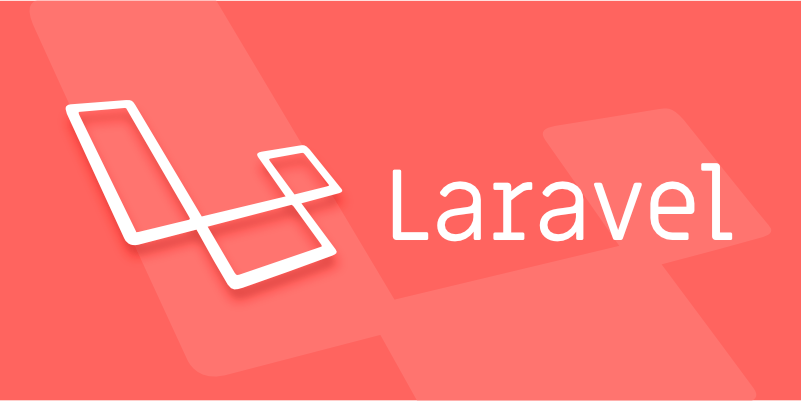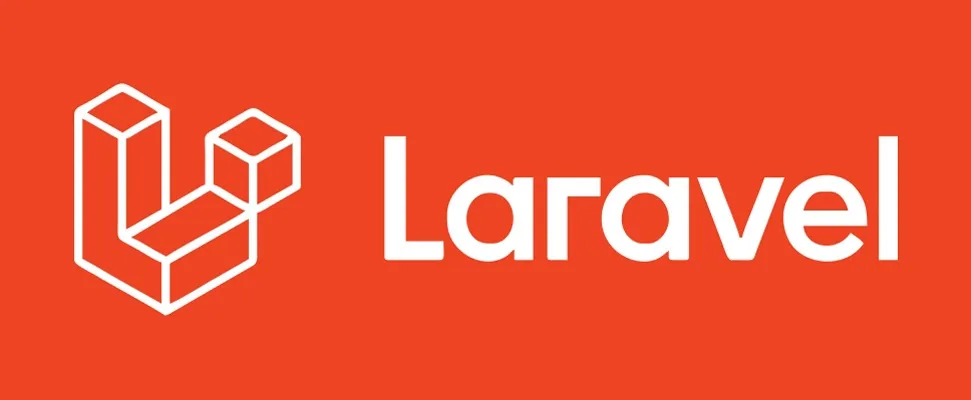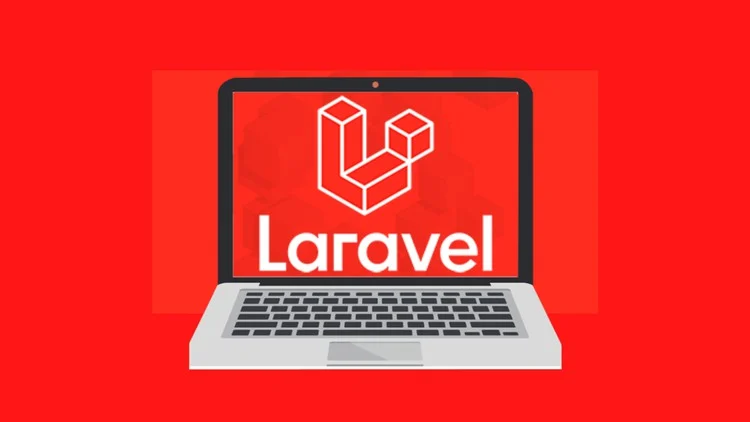Generating URLs for Named Routes in Laravel.
Jul 16, 2025 am 02:50 AMThe most common way to generate a named route in Laravel is to use the route() helper function, which automatically matches paths based on the route name and handles parameter bindings. 1. Pass the route name and parameters in the controller or view, such as route('user.profile', ['id' => 1]); 2. When multiple parameters, you only need to pass the array, and the order does not affect the matching, such as route('user.post.show', ['id' => 1, 'postId' => 10]); 3. You can directly embed the link in the Blade template, such as View the information; 4. When optional parameters are not provided, it will not be displayed, such as route('user.post', ['id' => 1]) output /user/1/post; 5. When adding query parameters, just write to the array directly, such as route('user.profile', ['id' => 1, 'tab' => 'settings']) output /user/1?tab=settings.

The most common method to generate a named route in Laravel is to use route() helper function. It can automatically generate corresponding URLs based on the route name, saving the hassle of manually splicing paths, and can also automatically handle parameter binding.

Use route() function to generate URL
Laravel provides a very convenient route() function specifically for generating links to named routes. You only need to pass in the route name and parameters, and Laravel will automatically match the corresponding path.
// Suppose your route is defined as follows:
// Route::get('/user/{id}', function () { ... })->name('user.profile');
// Use this in a controller, view, or Blade template:
echo route('user.profile', ['id' => 1]);
// Output: /user/1If you have multiple parameters, you can also pass in the array:

route('user.post.show', ['id' => 1, 'postId' => 10]);
Note: The order of parameters does not affect, Laravel will automatically match according to the route definition.
Use in Blade templates
In the Blade template, you can directly use route() to generate links to the <a> tag:

<a href="{{ route('user.profile', ['id' => $user->id]) }}">View Profile</a>This method is very practical when generating dynamic links, for example, each user in the user list page corresponds to a detail page.
Process optional parameters
If you have optional parameters in your route, just omit this parameter when passing the parameter:
//Route definition:
// Route::get('/user/{id}/post/{postId?}', ... )->name('user.post');
route('user.post', ['id' => 1]); // Output: /user/1/postOptional parameters will not appear in the URL if not provided.
URL with query parameters
If you need to add additional query strings, you can add:
route('user.profile', ['id' => 1, 'tab' => 'settings']); // Output: /user/1?tab=settings
These parameters do not affect route matching, but are only attached as query strings after the URL.
Basically that's it. Using route() function well allows you to flexibly and safely build links in Laravel to avoid maintenance problems caused by hard-coded paths.
The above is the detailed content of Generating URLs for Named Routes in Laravel.. For more information, please follow other related articles on the PHP Chinese website!

Hot AI Tools

Undress AI Tool
Undress images for free

Undresser.AI Undress
AI-powered app for creating realistic nude photos

AI Clothes Remover
Online AI tool for removing clothes from photos.

Clothoff.io
AI clothes remover

Video Face Swap
Swap faces in any video effortlessly with our completely free AI face swap tool!

Hot Article

Hot Tools

Notepad++7.3.1
Easy-to-use and free code editor

SublimeText3 Chinese version
Chinese version, very easy to use

Zend Studio 13.0.1
Powerful PHP integrated development environment

Dreamweaver CS6
Visual web development tools

SublimeText3 Mac version
God-level code editing software (SublimeText3)

Hot Topics
 1794
1794
 16
16
 1738
1738
 56
56
 1590
1590
 29
29
 267
267
 587
587
 How to perform Request Validation in Laravel?
Jul 16, 2025 am 03:03 AM
How to perform Request Validation in Laravel?
Jul 16, 2025 am 03:03 AM
There are two main methods for request verification in Laravel: controller verification and form request classes. 1. The validate() method in the controller is suitable for simple scenarios, directly passing in rules and automatically returning errors; 2. The FormRequest class is suitable for complex or reusable scenarios, creating classes through Artisan and defining rules in rules() to achieve code decoupling and reusing; 3. The error prompts can be customized through messages() to improve user experience; 4. Defining field alias through attributes() to make the error message more friendly; the two methods have their advantages and disadvantages, and the appropriate solution should be selected according to project needs.
 Handling HTTP Requests and Responses in Laravel.
Jul 16, 2025 am 03:21 AM
Handling HTTP Requests and Responses in Laravel.
Jul 16, 2025 am 03:21 AM
The core of handling HTTP requests and responses in Laravel is to master the acquisition of request data, response return and file upload. 1. When receiving request data, you can inject the Request instance through type prompts and use input() or magic methods to obtain fields, and combine validate() or form request classes for verification; 2. Return response supports strings, views, JSON, responses with status codes and headers and redirect operations; 3. When processing file uploads, you need to use the file() method and store() to store files. Before uploading, you should verify the file type and size, and the storage path can be saved to the database.
 Customizing Laravel Authentication Providers.
Jul 16, 2025 am 03:01 AM
Customizing Laravel Authentication Providers.
Jul 16, 2025 am 03:01 AM
Laravel custom authentication provider can meet complex user management needs by implementing the UserProvider interface and registering with the Auth service. 1. Understand the basics of Laravel's authentication mechanism. Provider is responsible for obtaining user information. Guard defines the verification method. EloquentUserProvider and SessionGuard are used by default. 2. Creating a custom UserProvider requires the implementation of retrieveById, retrieveByCredentials, validateCredentials and other methods. For example, ApiKeyUserProvider can be used according to
 Generating and using database factories in Laravel.
Jul 16, 2025 am 02:05 AM
Generating and using database factories in Laravel.
Jul 16, 2025 am 02:05 AM
Database Factory is a tool in Laravel for generating model fake data. It quickly creates the data required for testing or development by defining field rules. For example, after using phpartisanmake:factory to generate factory files, sets the generation logic of fields such as name and email in the definition() method, and creates records through User::factory()->create(); 1. Supports batch generation of data, such as User::factory(10)->create(); 2. Use make() to generate uninvented data arrays; 3. Allows temporary overwriting of field values; 4. Supports association relationships, such as automatic creation
 Using Artisan tinker for debugging in Laravel.
Jul 16, 2025 am 01:59 AM
Using Artisan tinker for debugging in Laravel.
Jul 16, 2025 am 01:59 AM
ArtisanTinker is a powerful debugging tool in Laravel. It provides an interactive shell environment that can directly interact with applications to facilitate rapid problem location. 1. It can be used to verify model and database queries, test whether the data acquisition is correct by executing the Eloquent statement, and use toSql() to view the generated SQL; 2. It can test the service class or business logic, directly call the service class method and handle dependency injection; 3. It supports debugging task queues and event broadcasts, manually trigger tasks or events to observe the execution effect, and can troubleshoot problems such as queue failure and event failure.
 Generating URLs for Named Routes in Laravel.
Jul 16, 2025 am 02:50 AM
Generating URLs for Named Routes in Laravel.
Jul 16, 2025 am 02:50 AM
The most common way to generate a named route in Laravel is to use the route() helper function, which automatically matches the path based on the route name and handles parameter binding. 1. Pass the route name and parameters in the controller or view, such as route('user.profile',['id'=>1]); 2. When multiple parameters, you only need to pass the array, and the order does not affect the matching, such as route('user.post.show',['id'=>1,'postId'=>10]); 3. Links can be directly embedded in the Blade template, such as viewing information; 4. When optional parameters are not provided, they are not displayed, such as route('user.post',
 What is Inertia.js and how to use it with Laravel and Vue/React?
Jul 17, 2025 am 02:00 AM
What is Inertia.js and how to use it with Laravel and Vue/React?
Jul 17, 2025 am 02:00 AM
Inertia.jsworkswithLaravelbyallowingdeveloperstobuildSPAsusingVueorReactwhilekeepingLaravelresponsibleforroutingandpageloading.1.RoutesaredefinedinLaravelasusual.2.ControllersreturnInertia::render()tospecifywhichfrontendcomponenttoload.3.Inertiapasse
 How to use PHP to develop a Q&A community platform Detailed explanation of PHP interactive community monetization model
Jul 23, 2025 pm 07:21 PM
How to use PHP to develop a Q&A community platform Detailed explanation of PHP interactive community monetization model
Jul 23, 2025 pm 07:21 PM
1. The first choice for the Laravel MySQL Vue/React combination in the PHP development question and answer community is the first choice for Laravel MySQL Vue/React combination, due to its maturity in the ecosystem and high development efficiency; 2. High performance requires dependence on cache (Redis), database optimization, CDN and asynchronous queues; 3. Security must be done with input filtering, CSRF protection, HTTPS, password encryption and permission control; 4. Money optional advertising, member subscription, rewards, commissions, knowledge payment and other models, the core is to match community tone and user needs.




